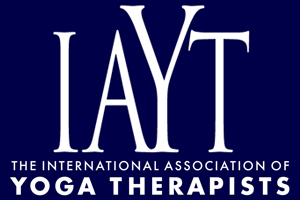Discrepancies Between Perceptions of Real and Ideal Yoga Teachers and Their Relationship to Emotional Well-Being
Objectives: Although more individuals are adopting yoga into their lives, little research has examined practitioners’ expectations and experiences of their yoga instructor's behavior. Discrepancies between real and ideal behaviors of yoga instructors may lead to unsatisfactory experiences and decrease the potential impact of yoga practice. This study investigated differences between yoga practitioners' real and ideal perceptions of their yoga teacher's behavior and the relationship between discrepant beliefs and students’ symptoms of depression, anxiety, and stress. Methods: The Perceptions of Yoga Teacher Questionnaire (PYTQ), a recently developed survey of student attitudes regarding yoga teachers’ behavior, was administered in a national online survey of yoga students and teachers. Greater discrepancy between real and idea yoga teacher behavior was anticipated to be positively associated with practitioners’ symptoms of depression, anxiety, and stress.
